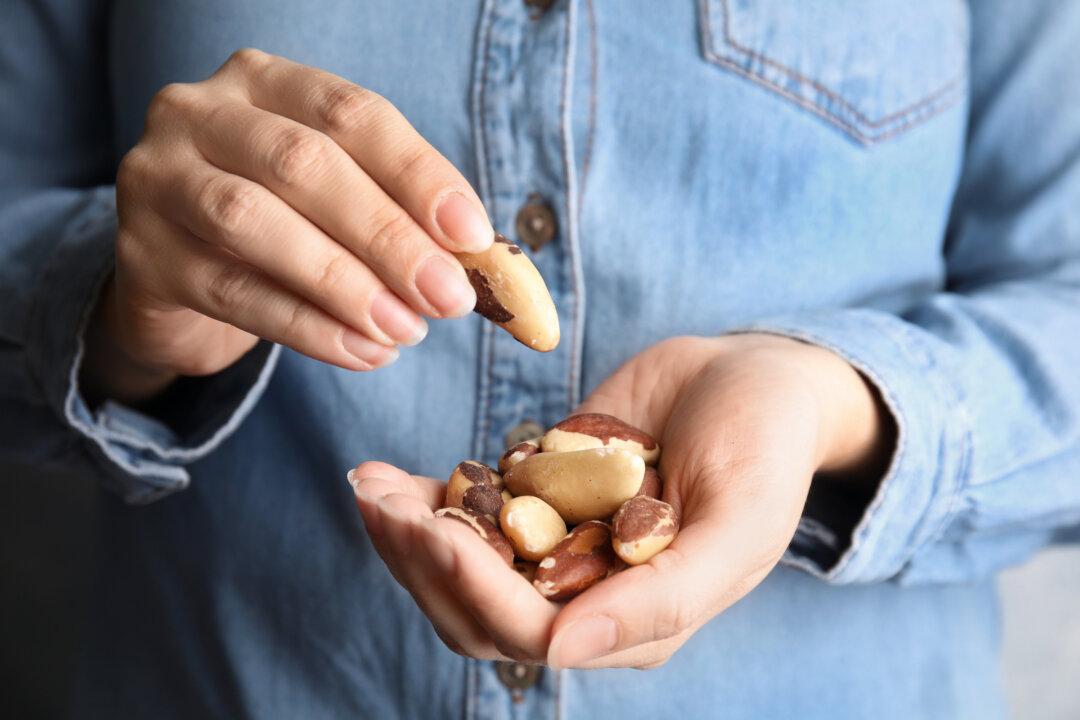How often do you think about anemia? I rarely do, personally. That’s probably because I’m a 40-year-old man and am not at particularly high risk. My wife, on the other hand, has relatively low iron and keeps an eye on her iron intake.
Perhaps surprisingly, she’s not alone. New data show that a growing number of Americans are not getting enough iron in their diets, and it’s resulting in higher instances of anemia.





